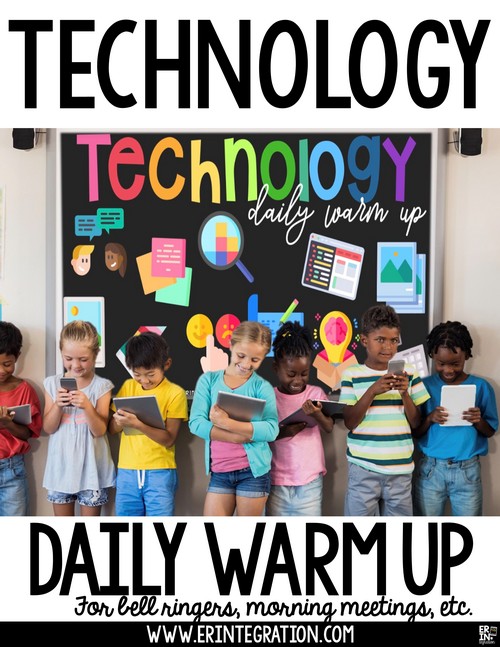Discussion 2 - Digital literacy in Education
In recent years, the significance of digital literacy in higher education has surged, transforming the way our teachers approach teaching and learning. Digital literacy is the ability to use digital tools and resources effectively, is no longer an optional skill but a fundamental prerequisite for academic and professional success in the 21st century (NMC Horizon Project, 2017).
The NMC Horizon Project Strategic Brief speaks about the growing importance of digital literacy in higher education. One key finding is that digital literacy is not solely about technical proficiency but it addresses critical thinking, information literacy, and the ethical use of technology (NMC Horizon Project, 2017). This approach recognizes that digital literacy is not just a skill but a mindset, it is a way of thinking that empowers students to navigate a complex digital landscape.
The COVID-19 pandemic has accelerated the need for digital literacy in higher education. The rapid shift to online learning highlighted both the opportunities and challenges of digital tools in education. Educators had to swiftly adapt to new technologies, and students needed digital literacy skills to engage effectively in virtual classrooms (NMC Horizon Project, 2017). This crisis showed us that there was an urgency of integrating digital literacy into the curriculum to prepare students for an increasingly digital future. Digital literacy is not a standalone concept but an integrated part of a broader educational framework. It equips students with the skills needed to critically evaluate information in a digital world saturated with data, misinformation, and diverse perspectives. Moreover, digital literacy fosters creativity, enabling students to harness technology for innovative solutions to complex problems.
Two factors that impact the trend and the technology are technological advancements and socioeconimic status.
Technological Advancements:
New tools, platforms, and devices are developed, and students must adapt to these changes to remain digitally literate.
Socioeconomic Disparities:
Socioeconomic factors are a critical force influencing digital literacy trends. Socioeconomic disparities can impact individuals' access to technology, their exposure to digital learning opportunities, and their ability to develop digital literacy skills. For instance, individuals from economically disadvantaged backgrounds may have limited access to high-speed internet, modern devices, or quality digital learning resources. This digital divide can hinder their ability to develop robust digital literacy skills, putting them at a disadvantage in education and the job market.
An innovative approach mentioned is the concept of "digital fluency." This goes beyond mere literacy and suggests a deep understanding of digital technologies, enabling students not only to use tools but also to create and adapt them to their needs (NMC Horizon Project, 2017). Incorporating digital fluency into higher education can empower students to be active contributors to the digital ecosystem. In conclusion, digital literacy in higher education is no longer an optional skill but a fundamental aspect of preparing students for the future. The NMC Horizon Project Strategic Brief highlights the multifaceted nature of digital literacy and its critical role in navigating the digital age. As educators and learners, it is our collective responsibility to embrace digital literacy as a transformative mindset and integrate it into our educational practices. In doing so, we empower students to thrive in an ever-evolving digital landscape, where their skills and creativity can shape a brighter future.
Also, in order to embrace and encourage digital literacy educators can begin to implement different strategies such as promoting critical thinking online, encourage students to think critically about the information they encounter online. Teach them to evaluate sources, discern credible information from misinformation, and question what they see and read. Educators can also encourage digital skills workshop, offering training sessions that focus on practical digital skills, such as using office software, creating digital presentations, coding, and using data analysis tools.
As a visual representation of the importance of digital literacy, see picture below. It illustrates how digital literacy includes critical thinking and creativity.
References:
Digital Literacy in higher education, part II: An NMC horizon project strategic brief. EDUCAUSE Library. (2017, August 22). https://library.educause.edu/resources/2017/8/digital-literacy-in-higher-education-part-ii-an-nmc-horizon-project-strategic-brief

Comments
Post a Comment